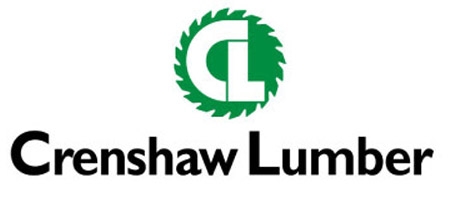
{article.name}
Social Media Links
Preventing Common Callbacks
In many states, the statute of limitations is 10 years for construction and design defects. Can the design or construction practice you are using last this length of time without a problem?

- Share this:
- Share on Facebook
- Pin on Pinterest
- Tweet on Twitter
Callbacks typically result from three things: poor design, faulty construction, or the actions of a clueless homeowner. While this is true everywhere, coastal environments are a whole lot less forgiving of errors. Wind-driven rain, combined with longer periods of wetting and shorter periods when materials can dry, means moisture gets driven deeper into building cavities and the materials stay wet longer. The result is a much higher incidence of moisture-related problems.
In my work for home builders, I walk a lot of sites, looking for potential problems and explaining the best practices that will fend off an expensive callback. Usually my job includes addressing a company's construction managers — and sometimes the entire crew or invited trade partners — explaining the problems and advising what to do to avoid them. It's critical that this information gets to everyone, because a home is only as good as the knowledge and attention of your worst sub or employee.
Over the years, I've seen the same mistakes made over and over again. Here is a collection of some frequent blunders on exterior details, with a few simple solutions that will help fend off moisture problems.
DRAINLESS DESIGNS
Designers love intersecting roof planes, but the intersections must be capable of handling a tremendous amount of water: a 1-inch rain on a 2,000-square-foot roof will deposit about 1,250 gallons of water. If that water is obstructed by any intersecting roof, wall, dormer, or eaves detail, and thus does not have a clear path to drain away, that water will back up and probably find its way inside the home.
REVERSE SHINGLING
Treat your walls just like roofs. Few builders would ever install roof shingles without an underlayment or flashing, and they would never lap the bottom shingles over the courses above. In the same way, walls should always be covered by a secondary moisture barrier, and that layer should be installed "shingle fashion" so the upper layers overlap the lower layers. Too often, however, layers of flashing and housewrap are "reverse shingled."
WALL FLASHING WOES
After a heavy rain you can learn a lot about moisture flow by looking at the rain patterns on cladding materials. The tremendous moisture load visible after a heavy rain underscores the need to flash these heavily loaded intersections carefully. Some of the biggest moisture loads are where walls and roofs intersect.
WRONG WRB DETAILS
All claddings leak, and the more wind pressure you have, the more water leaks in. Rather than attempt to fight this fact using caulk to try to make the cladding watertight, the best strategy is to design the wall system to drain quickly and freely. This is accomplished with a well-detailed water-resistive barrier (WRB) that provides a second line of defense. The guiding principle for detailing this barrier is to make sure that water flowing across it always travels down and away from the building.
POOR WINDOW AND DOOR FLASHING
While peel-and-stick flashing has become fairly popular, there is still enormous confusion in the field about the correct way to apply it around windows and doors. The biggest problems involve the flashing sequence. The sill of any opening must be flashed before the window or door unit is installed. Then install the window using a compatible sealant, apply jamb flashings, and finally, add a head flashing.
SITE PROBLEMS
Along with roof details, poor site drainage can dump an enormous quantity of water into homes. Builders can best prevent problems by first siting and grading to keeping runoff away from the home, and then by installing good perimeter drainage to carry groundwater away. But the homeowner must remain conscious of these issues as well.
Sign up for our Email List
Stay updated with all our latest posts, products and offers! Just enter your information below.

Comments